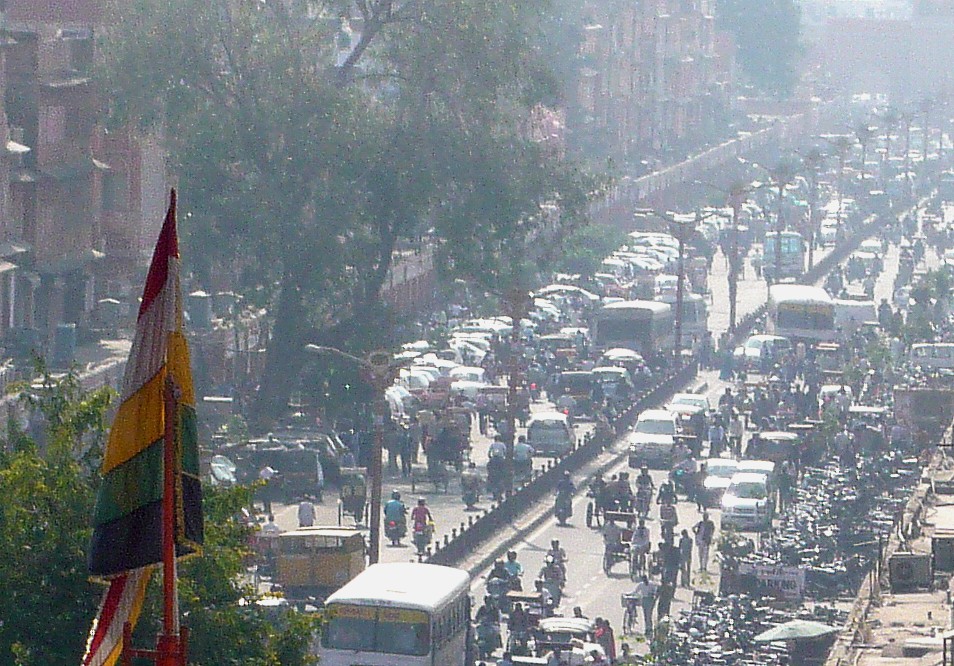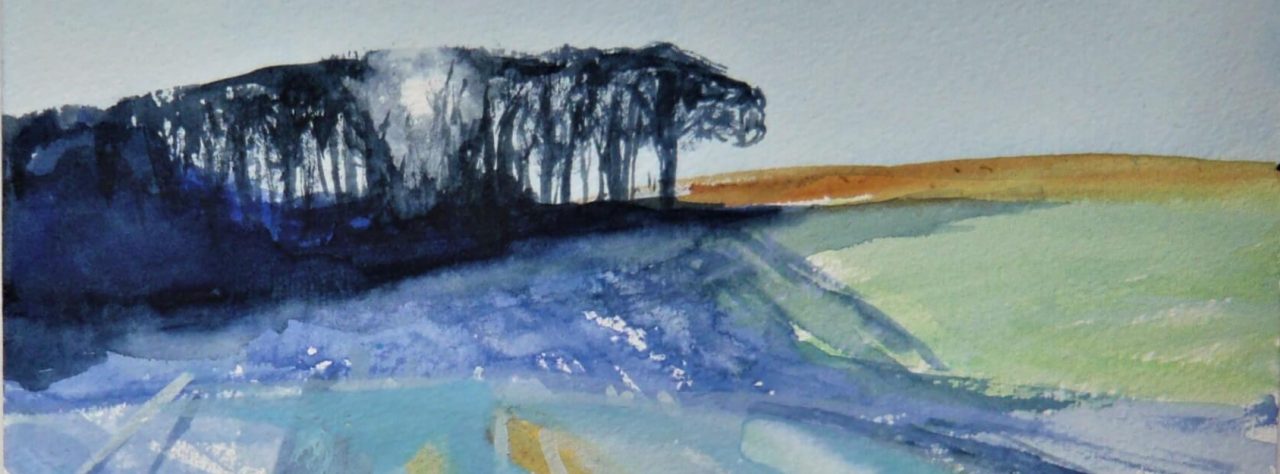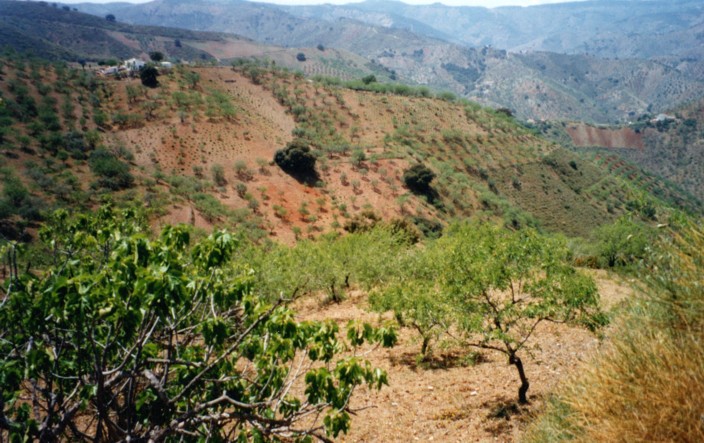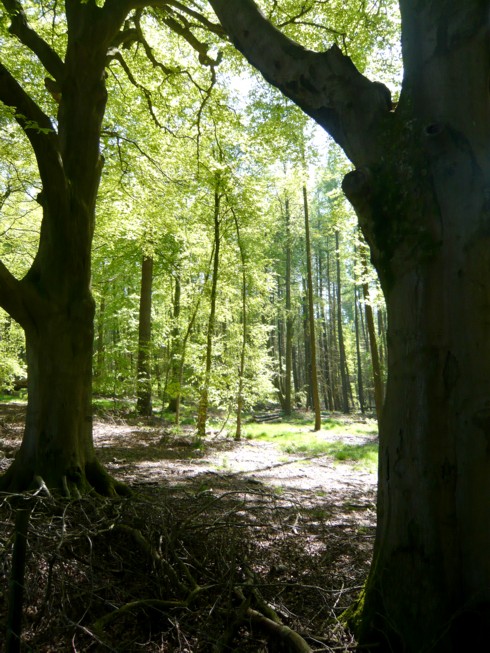Bob has a new mobile phone.
Do you remember Bob?
Some of you may remember him from when he and I went on a mighty expedition together. The report can be found here. And, as an update to that report, I can now reveal that Bob eventually found his way back home, much to his wife’s chagrin as she had already cashed in his life insurance and taken up with a new man.
But that’s another story.
Anyway, Bob has a new mobile phone. And, being Bob, he was insistent that it be the latest, most up-to-date, all-singing and all-dancing mobile phone, with more apps (whatever they are) than…something that has lots of apps.
He has an app for everything; an app for navigation when he is out in the countryside (naturally!), an app to help him choose whatever he is going to buy if he needs to go shopping, an app that gives him a weather forecast. He even has an app that tells him when he needs to eat or go to the toilet.
Heaven only knows how he managed to cope with life before the phone.
But, there is a downside to all this.
We went for a walk and, sure, we didn’t get lost. This was because Bob had his head over the phone the whole time. We didn’t get lost, but Bob bumped into twenty seven trees, fell in two streams, had an altercation with a herd of cows, tripped over almost fifty tree roots and finally walked into the bus stop.
And he had no idea of where we had been or what sort of countryside we had passed through. Rather a waste of time, really.
Now, Bob is not unique in this, oh, God, no.
The sidewalks in our town have become dangerous places since these phones became popular. I’m beginning to get seriously cross with the number of pedestrians who march towards me, head over their phones, and not even walking in a straight line, so it becomes quite difficult to avoid them. And should I have the temerity to perhaps cough discretely to let them know I’m there, or even to feebly call ‘look out!’ or ‘excuse me!’ I invariably get a glare and perhaps a few muttered words about not looking where I’m going.
And it appears to be an almost universal phenomenon now.
We get more and more news items about these people walking into the paths of vehicles, or off the edge of cliffs, or finding other similarly stupid ways to get killed.
Perhaps it’s a modern form of natural selection? I don’t know. Large numbers of idiots seem to kill themselves the same way taking ‘selfies’ (what a f*cking irritating word that is!), so perhaps there is something in that.

Jaipur – a random photo. Don’t try it here!
I first became aware of the truly frightening potential for these sort of incidents a few years ago in India. Some of the driving on the switchback roads in the Himalaya is notoriously terrifying in any case, but to then see these fellows also using their phones while driving just made it even more frightening.
And then there was the girl I saw with a mobile phone ‘doing a Bob’ across an extremely busy Calcutta street.
Yet, she survived.
If there is anything in the theory of natural selection, then the future belongs to her!

























